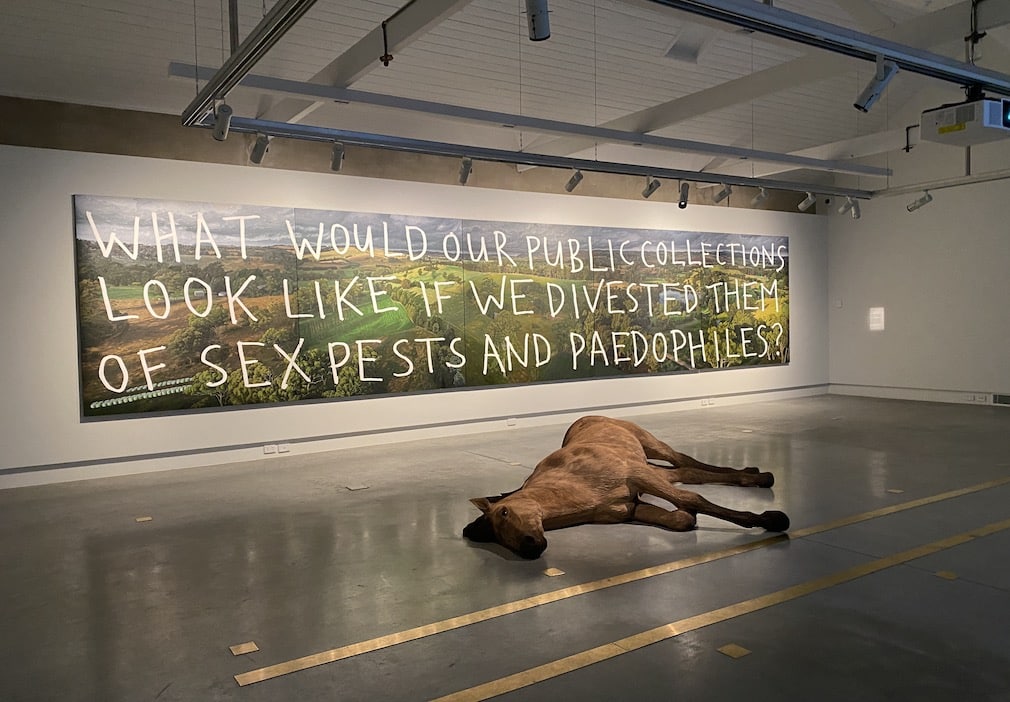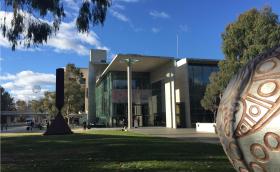Following the deaths of Barry Humphries and Rolf Harris earlier this year, a perennial question has reared its head once again: how should we deal with the art and artistic legacies of artists who have caused harm? This question pokes uncomfortably at a fundamental aspect of art: the “holy trinity” relationship that exists between the artist, the art and the audience.
While art, artist and audience are all separate entities, knowing where one ends and the other begins can be a difficult line to draw. Is it solely the genius artist that is responsible for “perfect” art? Is genius art simply determined by the audience? Or is the genius of the art independent of both the artist and the audience?






